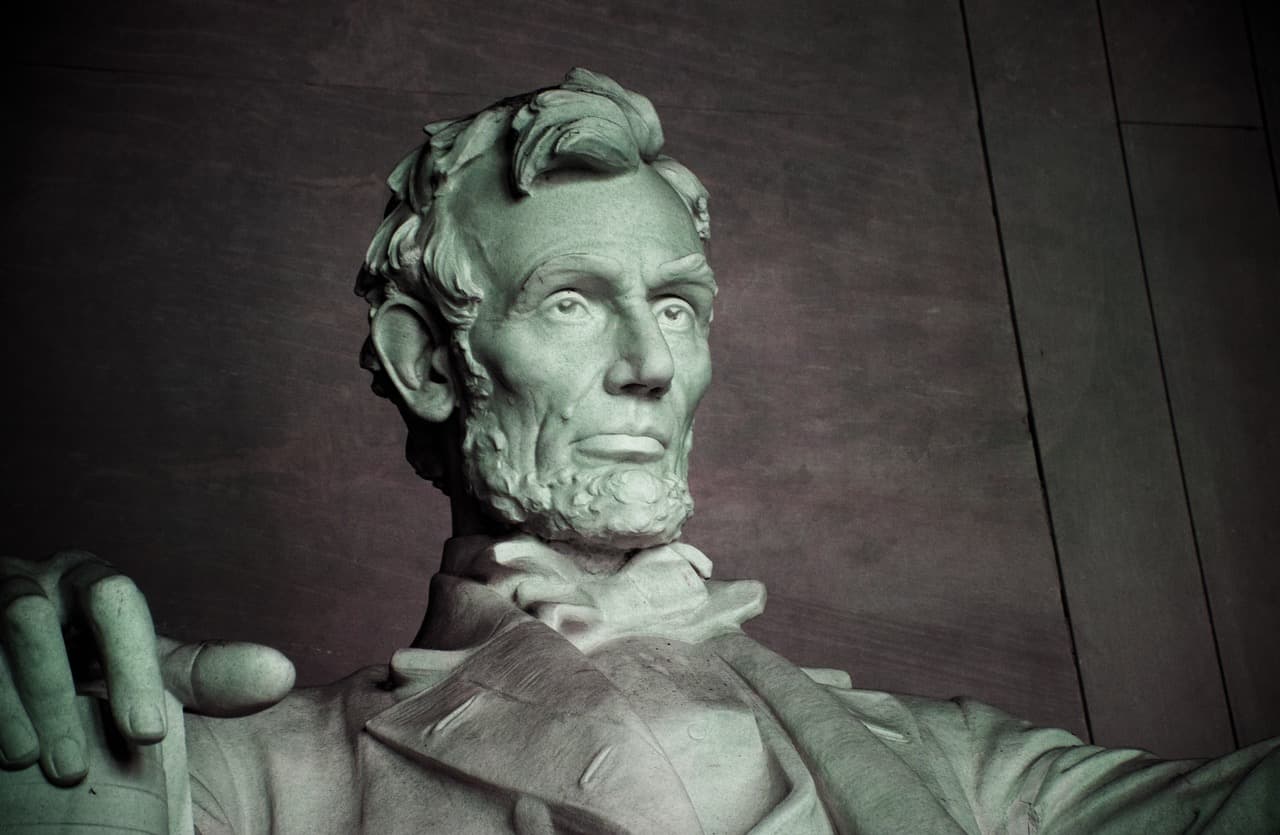
Crisis Leadership Under Fire: Lessons from Pearl Harbor
By Steve Wiley
Published on December 7, 2024
When Crisis Strikes: Leadership Lessons from America's Darkest Hour
December 7th marks the anniversary of Pearl Harbor—a day that demonstrated both the devastating cost of unpreparedness and the incredible power of decisive leadership in crisis. At the Lincoln Leadership Institute, we study this pivotal moment not just as history, but as a masterclass in how leaders respond when everything they've planned for goes wrong.
The Reality of Unprepared Leadership
Pearl Harbor teaches us uncomfortable truths about leadership preparation. Despite warning signs and intelligence reports, the military leadership at Pearl Harbor was caught completely off guard. This wasn't due to incompetence—these were capable officers. It was due to a failure of imagination and preparation.
The Complacency Trap Success can breed complacency. Pearl Harbor seemed impregnable, so leaders became comfortable with routine rather than maintaining crisis readiness.
Intelligence vs. Action Having information isn't enough—leaders must be prepared to act on uncomfortable truths, even when they challenge conventional wisdom or disrupt comfortable assumptions.
Heroes in the Chaos
While Pearl Harbor began as a leadership failure, it quickly became a showcase of extraordinary leadership under extreme pressure.
Lieutenant Commander Samuel Fuqua During the attack on USS Arizona, Fuqua maintained calm command despite devastating damage. He organized firefighting efforts, directed rescue operations, and maintained order when everything was falling apart. His Medal of Honor citation reads like a textbook on crisis leadership.
Captain Mervyn Bennion Mortally wounded during the attack on USS West Virginia, Bennion continued to direct his ship's defense until his death. He embodied the principle that great leaders don't abandon their posts when times get tough.
The Ordinary Heroes Perhaps most importantly, Pearl Harbor demonstrated how crisis situations can transform ordinary people into extraordinary leaders. Sailors with no command authority took initiative, organized rescue efforts, and saved countless lives by simply stepping up when leadership was needed.
Modern Crisis Leadership Principles
The lessons from Pearl Harbor apply directly to contemporary business and organizational crises:
1. Scenario Planning is Essential Modern leaders must regularly ask: "What's our Pearl Harbor scenario?" What could blindside our organization, and how would we respond?
2. Rapid Assessment and Decision-Making In crisis, leaders don't have the luxury of perfect information. Pearl Harbor showed that quick, decisive action based on available information often trumps prolonged analysis.
3. Communication Under Pressure Clear, calm communication becomes crucial when chaos erupts. Leaders must provide direction while acknowledging uncertainty.
4. Distributed Leadership Crisis situations often outpace formal command structures. Organizations need cultures where leadership can emerge at any level when needed.
The Roosevelt Response: Strategic Leadership
President Roosevelt's response to Pearl Harbor demonstrates strategic crisis leadership:
Immediate Acknowledgment Roosevelt didn't downplay the disaster or deflect blame. He acknowledged the reality fully and immediately.
Clear Messaging The "Day of Infamy" speech was brief, clear, and emotionally resonant. It unified the nation around a shared understanding of what had happened and what needed to be done.
Decisive Action Within hours, Roosevelt had mobilized the entire federal government for war. This wasn't just military response—it was comprehensive national transformation.
Long-term Vision Even in crisis, Roosevelt maintained focus on ultimate objectives: not just winning battles, but securing lasting peace and freedom.
Building Crisis-Ready Organizations
Pearl Harbor teaches us that crisis readiness isn't about predicting specific disasters—it's about building organizational capabilities that can respond to any crisis:
Cultural Preparation Organizations need cultures that reward initiative, encourage rapid learning, and maintain readiness even during peaceful times.
Leadership Development Crisis leadership can't be improvised. It must be developed through training, simulation, and regular testing of response capabilities.
Communication Systems Clear communication protocols that function under extreme stress are essential. These must be practiced regularly, not just documented.
Adaptive Planning Rigid plans often fail in crisis. Organizations need adaptive planning capabilities that can rapidly adjust to changing circumstances.
The Pearl Harbor Leadership Paradox
Pearl Harbor presents a leadership paradox: it was simultaneously a devastating failure of leadership preparation and a brilliant demonstration of leadership capability under pressure. This teaches us that:
- Great leaders can emerge from great failures
- Crisis often reveals leadership potential that was invisible during peaceful times
- Organizations can be both vulnerable and resilient simultaneously
- The most important leadership moments often come without warning
Personal Leadership Preparation
Every leader should ask themselves the Pearl Harbor questions:
- What would I do if my worst-case scenario happened tomorrow?
- How would I communicate with my team during a crisis?
- Who would I depend on, and do they know their roles?
- What would I need to learn quickly, and how would I learn it?
- How would I maintain hope and direction when everything seems lost?
From Disaster to Victory
Perhaps the most powerful lesson from Pearl Harbor is that devastating setbacks don't determine final outcomes. The attack was a tactical victory for Japan but a strategic disaster. It unified America, mobilized unprecedented resources, and ultimately led to Allied victory.
Great leaders understand that how you respond to crisis matters more than the crisis itself.
The Lincoln Leadership Institute Experience
At our Pearl Harbor programs, participants don't just study the attack—they experience decision-making under pressure, practice crisis communication, and develop the mental frameworks necessary for leading through uncertainty.
When you stand where the Arizona rests, when you walk through the chaos and heroism of that December morning, you gain visceral understanding of what crisis leadership really means.
Ready to develop crisis leadership capabilities that can transform your organization's response to any challenge? Join us for an experience that will prepare you for leadership when it matters most.




